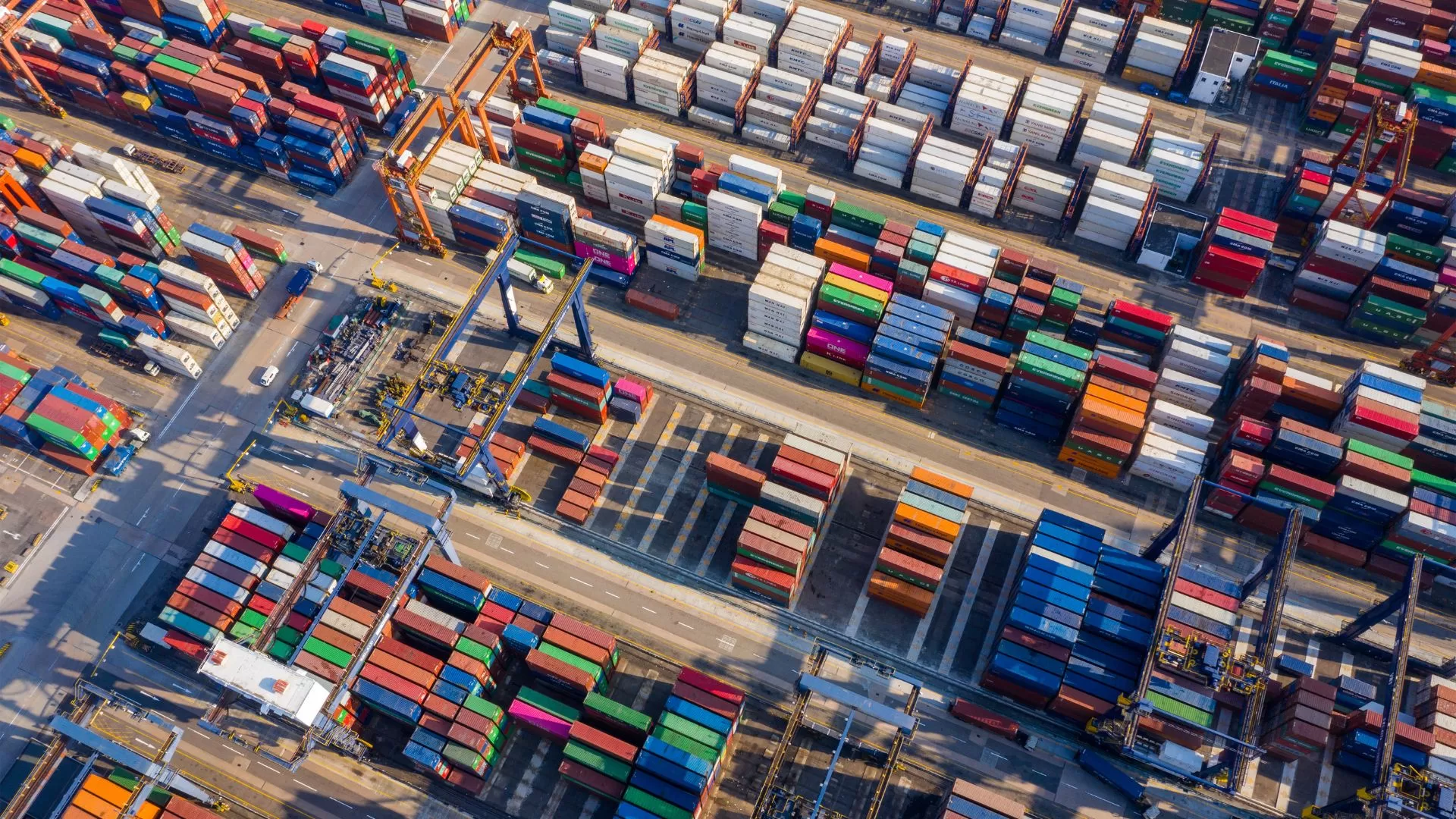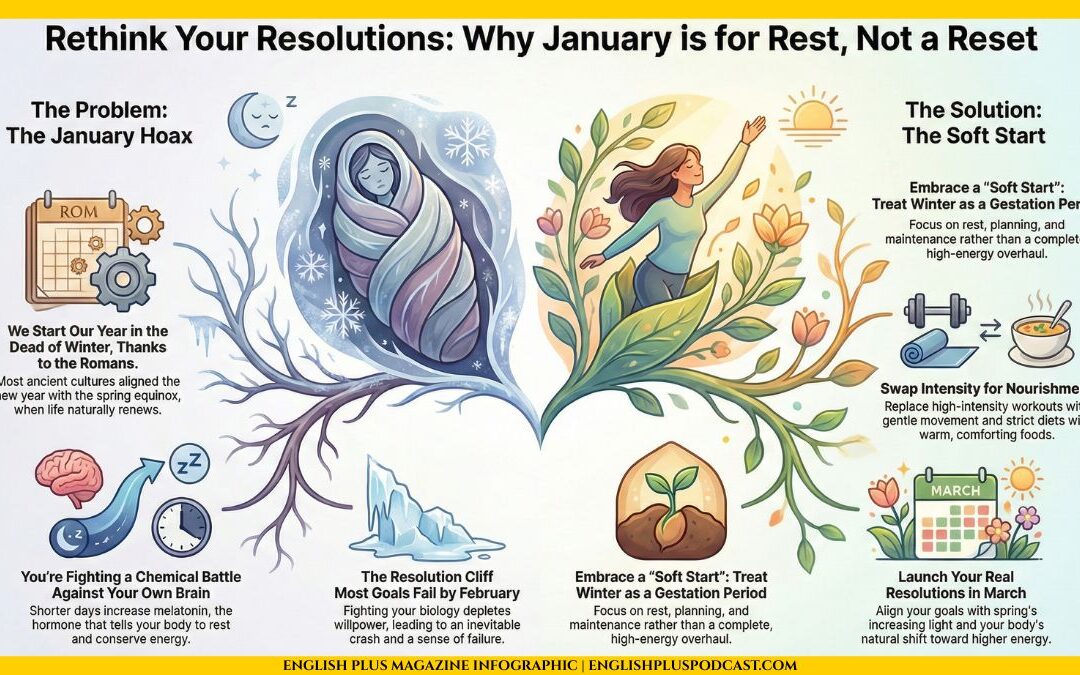- Keywords:
- Key Takeaways:
- Real-Life Application:
- Frequently Asked Questions (FAQs):
- How can small businesses integrate into the global supply chain effectively?
- What role does sustainability play in the modern supply chain?
- How are emerging technologies like IoT enhancing supply chain management?
- How do geopolitical events impact the global supply chain?
- What steps are companies taking to mitigate the risk of supply chain disruptions?
- How is data security managed within the global supply chain?
- How do customs and regulations affect the efficiency of the supply chain?
- How can businesses enhance the agility of their supply chain?
- What are the ethical considerations in global supply chain management?
- How can consumers influence the ethical and sustainable practices of the global supply chain?
- Myth Busters:
- Myth: The global supply chain is rigid and unchangeable.
- Myth: Technology alone can eliminate all supply chain disruptions.
- Myth: Only multinational corporations influence the global supply chain.
- Myth: The global supply chain is only about moving products.
- Myth: Lowering costs is the only priority in supply chain management.
- Myth: The global supply chain is immune to geopolitical events.
- Myth: Consumers are passive participants in the global supply chain.
- Myth: The more suppliers, the better the supply chain.
- Myth: Global supply chain management is solely the responsibility of supply chain professionals.
- Myth: The impacts of supply chain disruptions are short-lived.
In the quiet town of Orville, Ohio, there is a factory that hums with life, its assembly lines tirelessly weaving and winding. Here, workers craft quality leather products, each piece a testament to craftsmanship and quality. Just a few thousand miles away, in the bustling city of Shenzhen, China, another set of hands are diligently at work, assembling electronics that power our daily lives. Though oceans apart, these two worlds are connected, intertwined by the invisible threads of the global supply chain.
It’s a dance of incredible complexity, a ballet of moving parts where goods, information, and finances flow seamlessly, crossing borders and time zones. Every product, from the smartphone in your hand to the shoes on your feet, embarks on a journey, sometimes circuitous, often intricate, through the global supply chain. A dance that is as delicate as it is dynamic, where each movement, each step, is meticulously choreographed to ensure that products move from suppliers to manufacturers, distributors to retailers, and finally, into the hands of consumers.
Consider the journey of a single coffee bean, born from the fertile soils of Ethiopia. It is cultivated by farmers who have honed their skills over generations, then harvested, processed, and packaged. The bean then begins its global trek, crossing oceans and continents, passing through the hands of exporters, importers, roasters, and retailers before it lands in your cup. Every sip is a testament to the complex symphony of the global supply chain, a melody of movement and exchange that is as intricate as it is invisible.
Yet, this dance is not without its challenges. The global supply chain is a delicate ecosystem, vulnerable to disruptions. The ripples of a storm delaying a shipment in Asia can be felt across the Atlantic, where a manufacturer in Europe awaits the delayed goods. Similarly, a strike at a port in Los Angeles can echo in the empty shelves of a retailer in Sydney. The global supply chain is a web, where each thread is connected, each movement resonates, and each disruption can send shockwaves that are felt worldwide.
Remember the eruption of the Eyjafjallajökull volcano in Iceland in 2010? It wasn’t just a spectacular display of nature’s power but also a tangible example of supply chain disruption. Air traffic in and out of Europe came to a grinding halt, and with it, the flow of goods. Roses cultivated in Kenya couldn’t reach florists in London; fresh salmon from Norway was grounded, unable to grace dinner tables in New York.
The year 2020, marked by the global pandemic, was another testament to the vulnerabilities inherent in our interconnected world. As countries shut their borders and factories closed their doors, the global supply chain quivered. Automotive manufacturers in Detroit found themselves at a standstill, awaiting parts from suppliers halfway around the world. Retailers, from giants like Walmart to small local boutiques, stared at empty shelves, a silent testament to the disruptions unfolding globally.
Yet, in this vulnerability lies an incredible strength. The global supply chain is adaptable, resilient. It is a living entity, evolving, adapting, and transforming. The challenges of today are the catalysts for the innovations of tomorrow. Technology is the silent composer of this global ballet, its algorithms and analytics fine-tuning the dance, ensuring that every step, every movement, is executed with precision. Blockchain ensures transparency, AI optimizes logistics, and big data analytics predicts and mitigates disruptions.
So, as we stand amidst the ebb and flow of the global supply chain, we are not mere spectators. We are participants, each playing a role in this intricate dance. The choices we make, from the products we buy to the suppliers we choose, echo in the intricate web of the global supply chain. It is a dance of incredible complexity, yet inherent beauty, where each movement, each step, is a testament to our interconnected world.
We are on a journey, a global expedition, where the threads of the global supply chain weave us together, crafting a tapestry that is as diverse as it is dynamic. It is a journey of challenges, yet one of incredible opportunity, where each disruption is not a finale, but a prelude to innovation, resilience, and transformation. In the silent hum of the factory in Orville, in the bustling energy of Shenzhen, in the journey of the coffee bean, we see the silent symphony of the global supply chain, a dance that weaves us together, echoing the intricate, yet invisible threads of our interconnected world.
Keywords:
- Global Supply Chain: The interconnected web of systems and processes used to produce, transport, and sell goods internationally, involving various stages from raw materials to the final product reaching consumers.
- Disruption: An unexpected event or series of events causing significant disturbances in the operations and flow of the supply chain.
- Adaptability: The capability of the supply chain to evolve and adjust to changes or disruptions to maintain efficiency and effectiveness.
- Technology: Tools, software, and systems employed to enhance the efficiency, visibility, and management of the global supply chain.
- Blockchain: A digital ledger technology that provides transparent and unchangeable records of transactions, enhancing traceability and trust within the supply chain.
- AI (Artificial Intelligence): Advanced machine learning technology used to analyze, predict, and optimize various elements of the supply chain, enhancing decision-making and efficiency.
- Big Data Analytics: The process of examining large and varied data sets to uncover patterns, correlations, and insights to make informed business decisions.
- Resilience: The ability of the supply chain to recover quickly from disruptions and maintain functionality.
- Transparency: The extent to which all stakeholders in the supply chain can access data and information, enhancing accountability and decision-making.
- Interconnectedness: The degree to which various elements of the supply chain are linked, allowing for the seamless flow of goods, information, and finances.
Key Takeaways:
- The global supply chain is an intricate, interconnected web facilitating the international flow of goods, information, and finances.
- Despite its efficiency, the supply chain is vulnerable to various disruptions, from natural disasters to geopolitical events.
- Technological advancements like AI, blockchain, and big data analytics are essential in enhancing transparency, predictability, and adaptability.
- The resilience of the supply chain lies in its ability to evolve and adapt to the emerging challenges, transforming disruptions into opportunities for innovation.
- Every stakeholder, from producers to consumers, plays a pivotal role in the functionality and resilience of the global supply chain.
Real-Life Application:
Example 1: Implementing Blockchain for Transparency
- Action Point: Companies can adopt blockchain technology to enhance transparency, traceability, and security in their supply chain. For example, a clothing retailer can use blockchain to track the journey of cotton from farms to factories, providing consumers with verifiable information about the origin and ethical production of their products.
Example 2: Utilizing AI for Predictive Analytics
- Action Point: Businesses should leverage AI to analyze data and predict potential disruptions. For instance, a car manufacturer can use AI algorithms to forecast weather disruptions, allowing them to pre-emptively adjust their logistics and production schedules to minimize impact.
Example 3: Strengthening Resilience through Diversification
- Action Point: Companies can enhance resilience by diversifying their supplier base and logistics partners. For example, an electronics company can source components from different geographical locations to mitigate risks associated with regional disruptions.
Frequently Asked Questions (FAQs):
How can small businesses integrate into the global supply chain effectively?
Small businesses can focus on carving out niches, offering specialized products or services, and forming partnerships with larger corporations to leverage their distribution networks. Investing in technology to enhance efficiency and visibility can also facilitate integration into complex global supply chains.
What role does sustainability play in the modern supply chain?
Sustainability is integral, with an increasing emphasis on ethical sourcing, eco-friendly practices, and corporate social responsibility. Companies are adopting green logistics, ethical labor practices, and circular economy principles to reduce environmental impact and meet consumers’ expectations.
How are emerging technologies like IoT enhancing supply chain management?
IoT (Internet of Things) enables real-time tracking and monitoring of goods, equipment, and transportation. It provides data for analytics, enhances visibility, and improves predictive maintenance, quality control, and operational efficiency.
How do geopolitical events impact the global supply chain?
Geopolitical events like trade wars, political instability, and regulatory changes can cause disruptions, delays, and increased costs. Companies need to monitor geopolitical landscapes, diversify sources, and create contingency plans to mitigate impacts.
What steps are companies taking to mitigate the risk of supply chain disruptions?
Companies are investing in technology for predictive analytics, diversifying suppliers, enhancing inventory management, and developing responsive logistics to quickly adapt to disruptions and maintain operations.
How is data security managed within the global supply chain?
Data security is addressed through stringent cybersecurity protocols, encryption, secure access controls, and regular audits. Collaboration among stakeholders to share threat intelligence and best practices is also crucial.
How do customs and regulations affect the efficiency of the supply chain?
Customs and regulations can cause delays and increased costs. Companies navigate this by understanding and complying with international regulations, leveraging technology for documentation management, and collaborating with experienced logistics partners.
How can businesses enhance the agility of their supply chain?
Businesses can boost agility by implementing advanced technologies, improving data analytics, fostering collaboration among stakeholders, and developing flexible logistics and production strategies to quickly adapt to changing market conditions.
What are the ethical considerations in global supply chain management?
Ethical considerations include fair labor practices, ethical sourcing, human rights, and environmental sustainability. Companies address these by adhering to international standards, conducting audits, and ensuring transparency in their supply chain practices.
How can consumers influence the ethical and sustainable practices of the global supply chain?
Consumers can influence practices by being informed, making ethical purchasing decisions, and advocating for transparency and sustainability. Consumer demand for ethical products can incentivize companies to adopt sustainable and ethical practices.
Myth Busters:
Myth: The global supply chain is rigid and unchangeable.
Reality: It is highly adaptable and evolves constantly, integrating new technologies and methodologies to improve efficiency and resilience against disruptions.
Myth: Technology alone can eliminate all supply chain disruptions.
Reality: Although technology plays a crucial role, human expertise, cross-sector collaboration, and strategic planning are equally essential in managing and mitigating disruptions.
Myth: Only multinational corporations influence the global supply chain.
Reality: Small and medium-sized enterprises also play a significant role, often serving as vital links within the chain and contributing to innovation and diversification.
Myth: The global supply chain is only about moving products.
Reality: It also encompasses the flow of information and finances, regulatory compliance, relationships management, and balancing demand and supply.
Myth: Lowering costs is the only priority in supply chain management.
Reality: While cost-efficiency is vital, factors like sustainability, quality, and ethical considerations are increasingly becoming central to supply chain strategies.
Myth: The global supply chain is immune to geopolitical events.
Reality: It is highly sensitive to geopolitical changes, and companies must adapt their strategies to navigate trade restrictions, political instabilities, and regulatory changes.
Myth: Consumers are passive participants in the global supply chain.
Reality: Consumers are active influencers, driving trends, and demanding transparency, ethical practices, and sustainability, which companies must respond to.
Myth: The more suppliers, the better the supply chain.
Reality: While diversification is crucial, managing too many suppliers can lead to complexity and inefficiency. Balancing quantity and quality of suppliers is key.
Myth: Global supply chain management is solely the responsibility of supply chain professionals.
Reality: It is a cross-functional endeavor involving various departments like procurement, logistics, marketing, and IT, collaborating to optimize the entire ecosystem.
Myth: The impacts of supply chain disruptions are short-lived.
Reality: Disruptions can have long-term effects on a company’s reputation, financial health, and market position. Proactive risk management and resilience building are essential to mitigate lasting impacts.










0 Comments